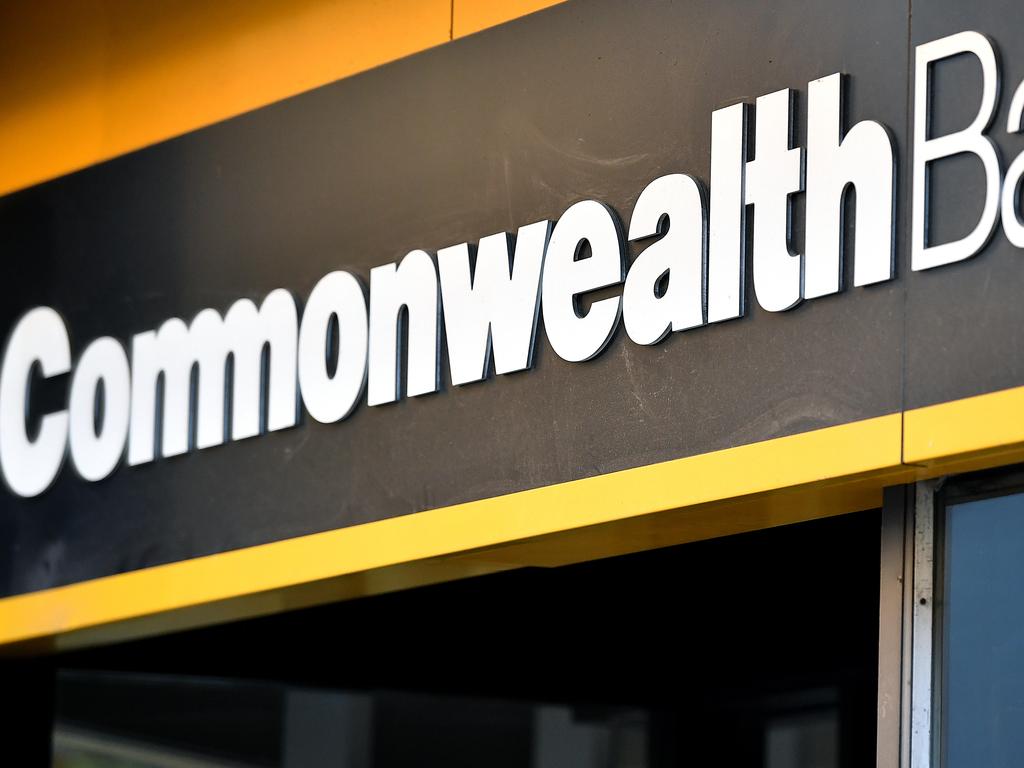Commonwealth Bank’s Dollarmite scam exposed
THOUSANDS of Dollarmite accounts were dishonestly used by bankers in a widespread scam to earn bonuses and reach targets.
IN THE latest revelation about Commonwealth Bank’s shady dealings, thousands of children’s Dollarmite accounts have been fraudulently used for the staff’s financial gain.
Staff at a number of the big bank’s retail branches made transactions in the junior saver program without the knowledge of parents, by putting just enough money in each account to accrue bonuses and meet targets, according to an investigation by Fairfax Media.
This was done in instances where parents had signed their kids up for the savings program but hadn’t deposited any money, leaving the account dormant.
“While this practice did not financially harm any of our customers, it was a breach of their trust. For that I’m deeply sorry,” the bank’s chief executive officer, Matt Comyn, said.
“My number one priority is to expedite changes that will prevent any behaviour that undermines our customers’ trust in us — and to remove any CBA employee who knowingly acts against our customers’ interests.”
While the scam first came to Mr Comyn’s attention in March 2013, it is unknown just how extensive the problem was.
This is how it worked:
1. Parents filled in a form to enrol their child in school banking
2. Accounts remained inactive until parents made a deposit
3. Staffers used their own money or the bank’s discrepancy funds (known as “loose change”) to activate the account without the parent’s consent
4. Parent were kept in the dark about the account activity
5. The staffers pocketed a bonus for activating the account.
Lyn McGrath, an executive general manager at the time, sent out a company-wide mail that said “A number of instances have come to light where inappropriate activities are taking place to ensure a high rate of activation on new Youthsaver accounts.” The email goes on to say that they are aware of where the funds are being sourced to activate the accounts and “processing valueless deposits is serious misconduct and will be dealt with accordingly.”
Mr Comyn’s investigation reviewed the 150 branches that delivered the majority of the Youthsaver accounts with less than $1 in deposits and a spreadsheet obtained by Fairfax revealed as many as 5347 accounts met the criteria. Managers at each branch were asked to look into the activity of these accounts to see if they had been illegitimately set up.

The Dollarmite junior saver program had been running in Australian schools since 1931.
“We are very proud of the contribution it has made to the financial education of millions of Australian students over the course of the last 87 years,” a CommBank spokesperson told news.com.au earlier this year.
Today the bank has more than 1.6 million Youthsaver accounts and each year an estimated 120,000 new accounts are opened.
Reji Eapen, founder of financial education start-up Pennybox, told news.com.au in January his analysis found that the Dollarmites program was worth a whopping $10 billion to Commonwealth Bank.
“There has been a lot of scrutiny into Dollarmites in the past, but no one has really tried to quantify the value — I think because no one, except CommBank really knows what it’s worth,” he said.
It is now evident that worth has been used by these banking professionals to financially benefit in a dishonest way.
A CommBank spokesperson disputed Mr Eapen’s argument.
“Our school banking program is designed to teach Australian children regular savings habits,” the spokesperson said.
“It is not designed to make money — it costs more to run than it makes.
“The program is delivered to educate schoolchildren about the importance of saving on a consistent basis, and motivate them through a rewards program that encourages regular deposits.

“The school banking program is run separately to our banking business, and we do not capture data that tracks whether school banking participants become adult customers.”
When the bank realised what was going on, they chose not to tell the families whose bank accounts were without permission, nor did they advise the schools involved.
A decision was also made not to broaden the investigation to the other 874 branches in operation at the time.
Mr Comyn also said that if this type of behaviour was happening today, especially with the Royal Commission under way, it would be addressed with instant termination of employment.
“We are not aware of any evidence that the practice has occurred again in the past five years. There is now a line in the sand and we have zero tolerance for behaviour such as this, irrespective of whether there is customer harm,” he said.
We totally understand your disappointment. Dollarmites was and still is a cherished memory for many. After we identified this practice we immediately made changes to end it. There is now a line in the sand and we have zero-tolerance for this behaviour. Thanks ^Steph
— CommBank (@CommBank) May 19, 2018
And yet there are no criminal charges - the banks are a protected species - they need to be held accountable .
— Mark Peasley (@peasley_mark) May 19, 2018
Dollarmites bites: the scandal behind the Commonwealth Bank's junior savings program https://t.co/r1qaESzUzF via @theage
Of the branches investigated, the Melbourne suburb of Montmorency had the highest percentage of accounts with less than $1 deposits, representing 64 per cent. Diamond Creek in Victoria ranked second highest, followed by Wellington in NSW. Almost half of their Youthsaver accounts had less than $1 dollar in them.
Mr Comyn said the bank had changed its key performance indicators for staff and changed the company’s system to make it easier to monitor.
“Too often we relied on good intent and we have learned that relying on good intent is not enough,” he said.
Other findings in the banking royal commission include CommBank advisers charging dead clients for financial advice, in one case for a decade, as well as providing loans to clients who were clearly unable to afford repayments.



